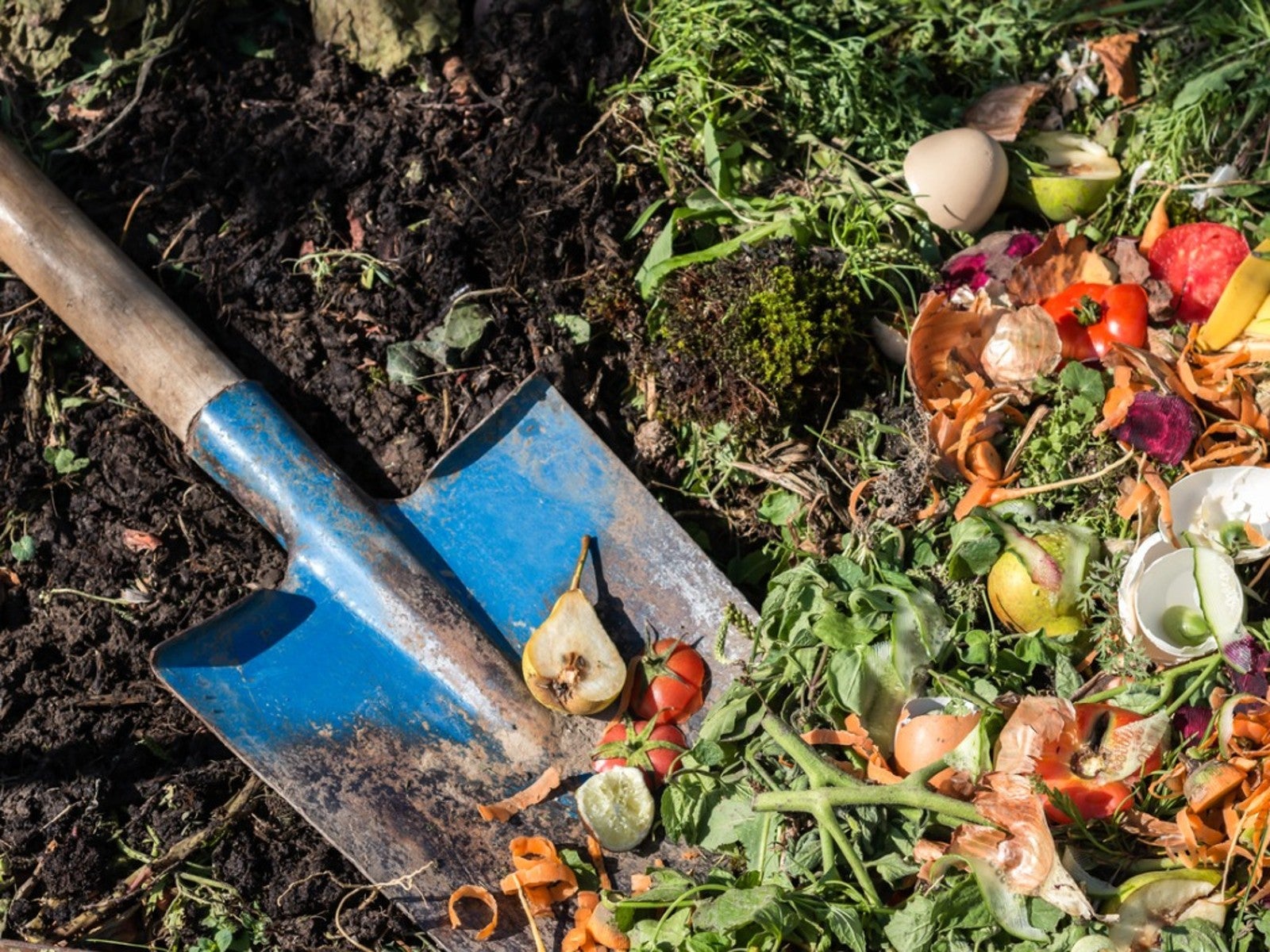In-Garden Composting Techniques And Tips


Most gardeners compost in some manner, using the resulting mixture as a rich soil amendment. This is often done in a bin system, turned pile, or tumbler. You may wonder, "Can I compost directly in my garden?" In situ composting is possible and reduces the need to turn the compost. There are several ways to compost in place, removing the need to move the material and maintain it.
Trenching, layering, and cold composting are all reliable ways to break down organic matter. There is no need to move yard waste to a different location in the landscape with any of these. The material simply stays where it is and decomposes naturally. These methods are slower than a maintained "hot" compost system, but the job will still get done. Depending on the method, the material may be ready in a year, but the ease and lack of maintenance may be worth selecting one of these ways to compost.
Composting in Garden Trenches
Trenching is as simple as digging a good sized hole. With this type of composting, you can bury vegetative materials, but also meat and grains. The latter two items are normally discouraged in compost because they attract scavengers. If the material is buried under at least 12 inches (31 cm.) of soil, animals like rats cannot access it.
Trenching is a great method for any time of the year. The natural microbes and other organisms in soil will make quick work of the debris. When done as an underground side dress around vegetable crops, it will enhance the nutrient value of the soil and help retain moisture. It is important not to add too much waste to the trench, and make the trench wide enough and long enough to accept the material. A layer of 6 inches (15 cm.) of waste is the proper amount. Any more and the material will take too long to break down and unwanted pathogens could form.
In Situ Composting
This is really what it sounds like, leaving the organic material in place. It may just be left there, but a more effective method is to add organic matter like leaf mulch, wood chips, twigs, and other woody material onto the top. In Hugelkultur, the area is first lined with logs and small woody matter. Then the organic material is laid over these and finally topped with straw or grass clippings. If the pile is to be planted immediately, mix in some manure to help the composting process and top with a good soil mixture. If the site is not to be used for planting immediately, cover it with black plastic to enhance heat, retain moisture, and speed up the breakdown process.
How to Bury Compost in Garden Layers
Sheet or lasagna gardening is a very effective method of breaking down organic waste. The site starts with layers of wet newspaper or cardboard. Make sure to not use the glossy type of ad paper and remove tape from cardboard. Next, layer in green materials like kitchen scraps, grass clippings, or manure. On top of these a carbon layer is added. This could be dried leaves, straw, or paper shreds. Then add another green layer and another brown layer. The bed can be layered several times but must end with a carbon or brown layer.
If the lasagna garden is completed in fall, it will be ready for planting in spring. This is a suitable method for any time of the year and a great way to compost items like sod.
Sign up for the Gardening Know How newsletter today and receive a free copy of our e-book "How to Grow Delicious Tomatoes".

Bonnie Grant is a professional landscaper with a Certification in Urban Gardening. She has been gardening and writing for 15 years. A former professional chef, she has a passion for edible landscaping.